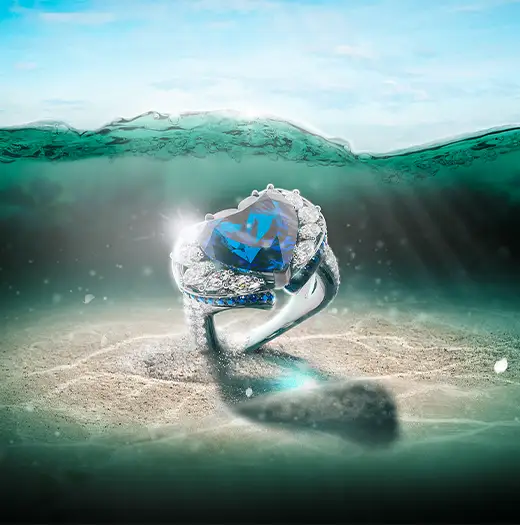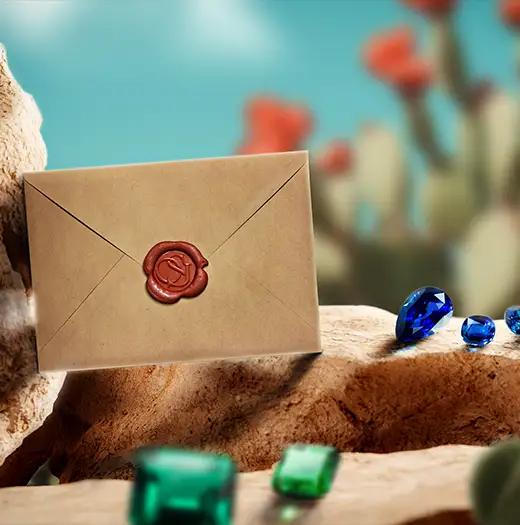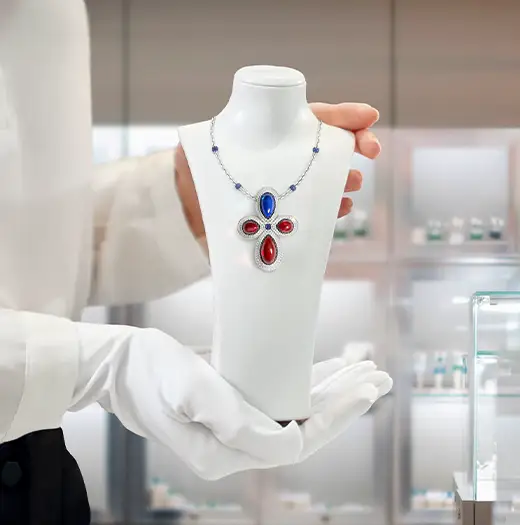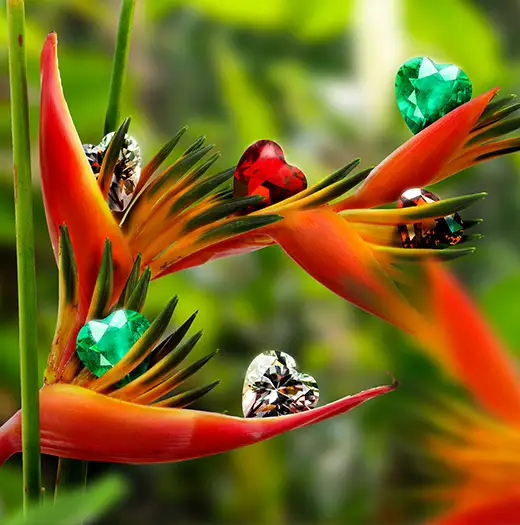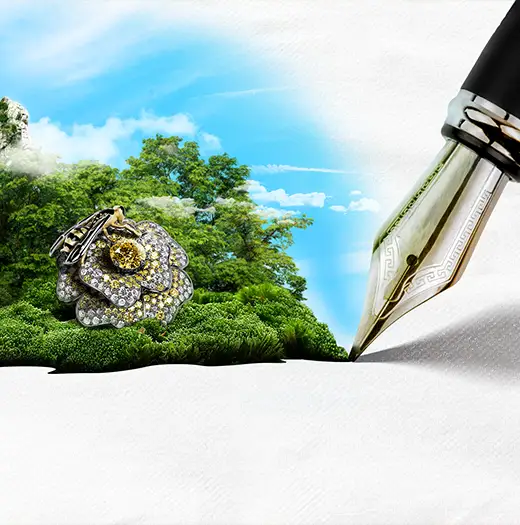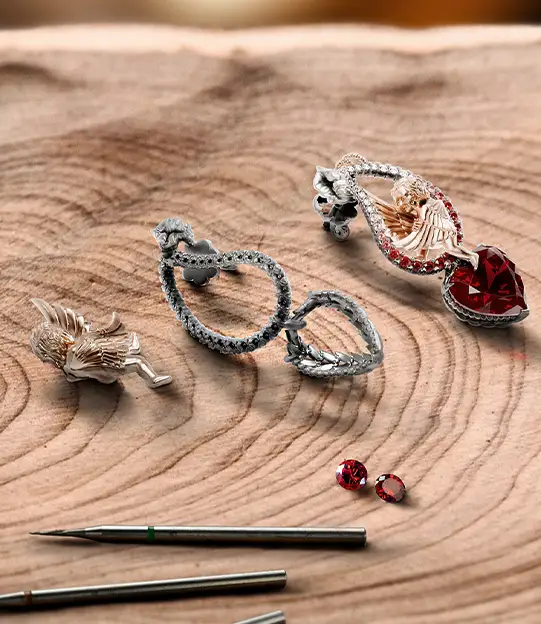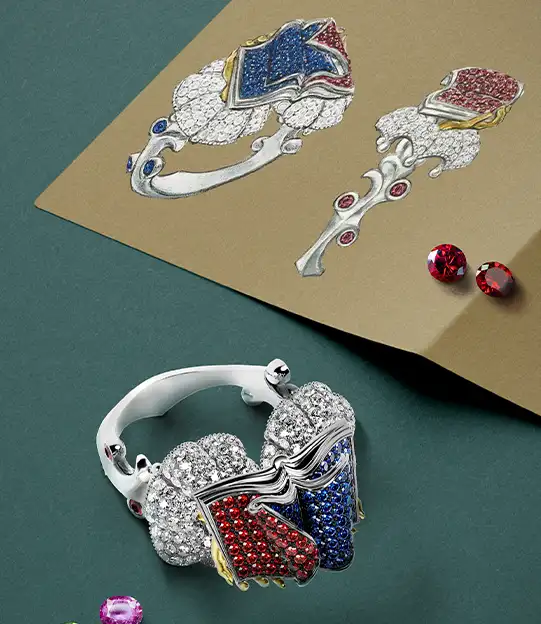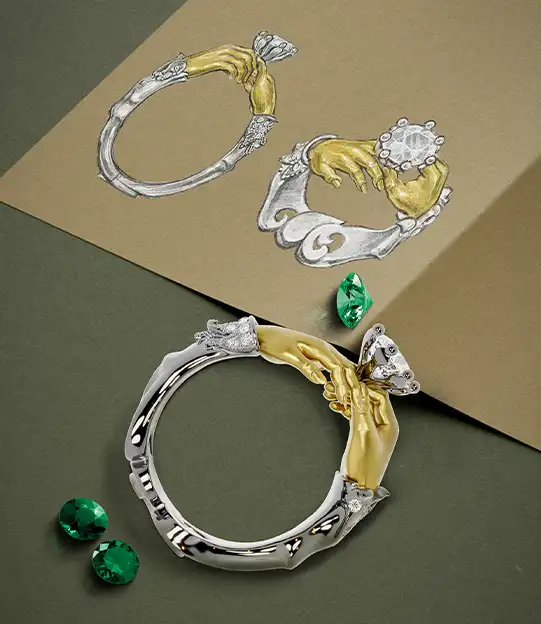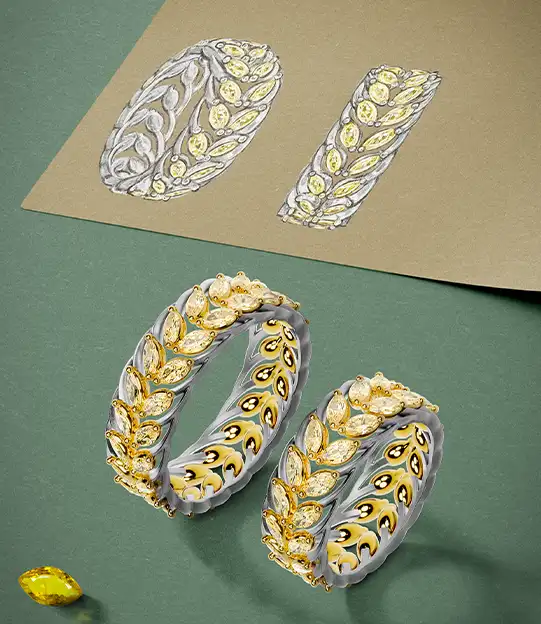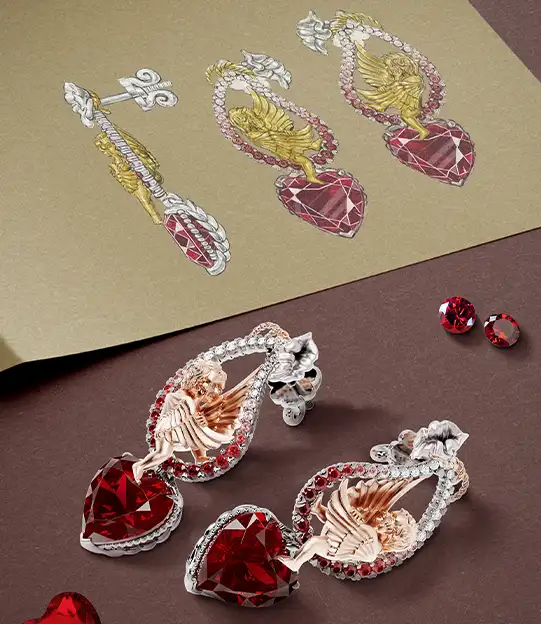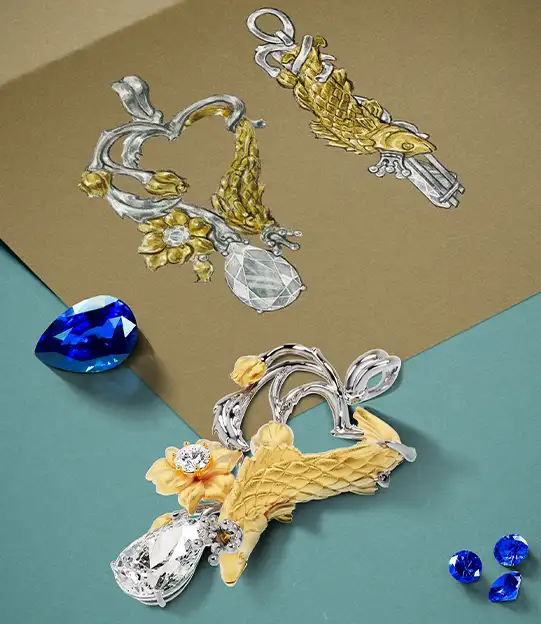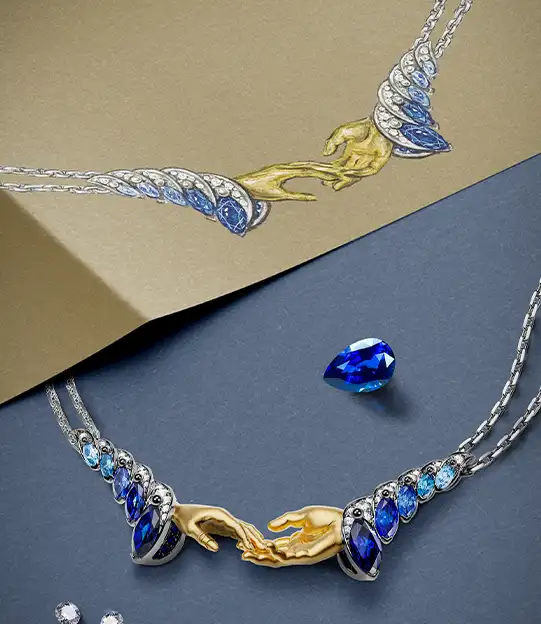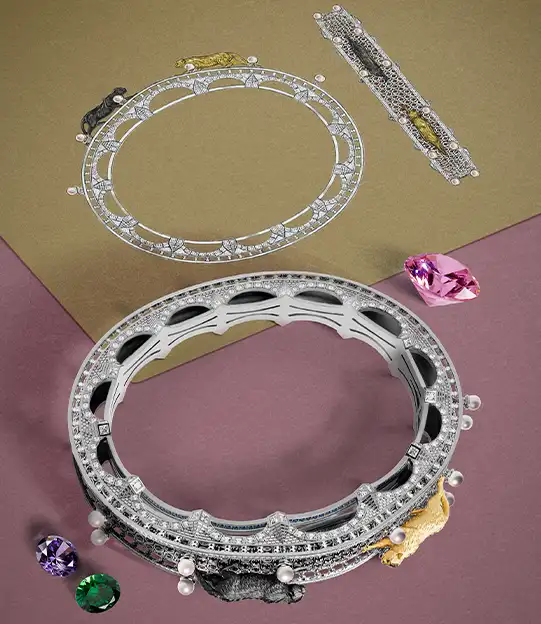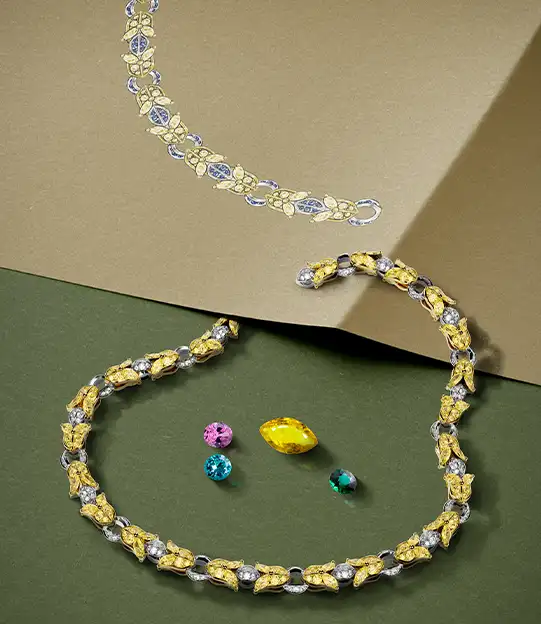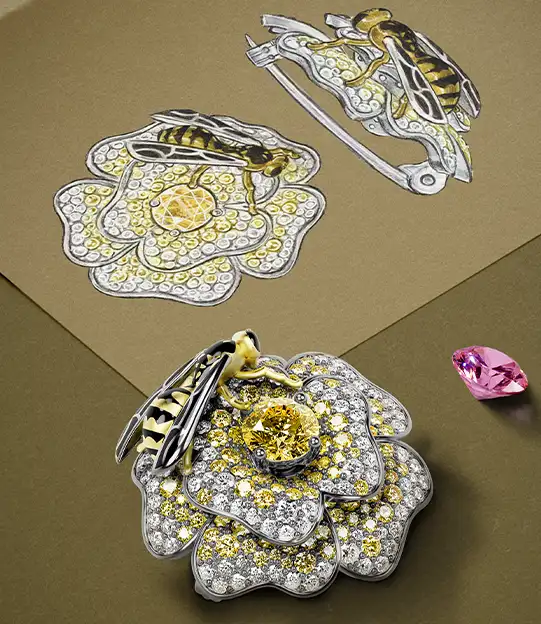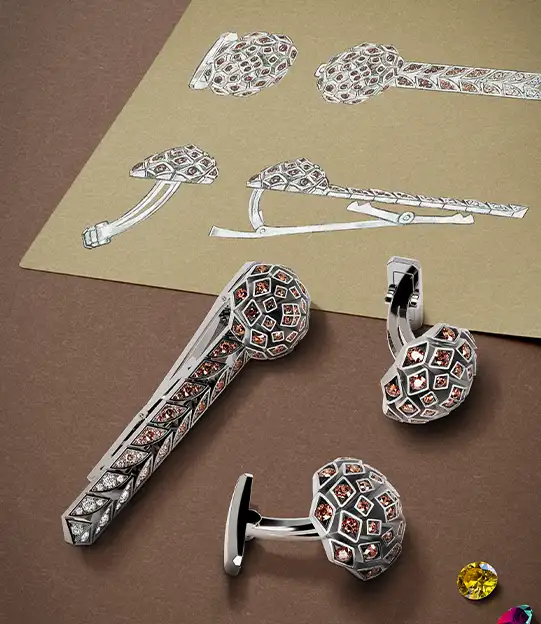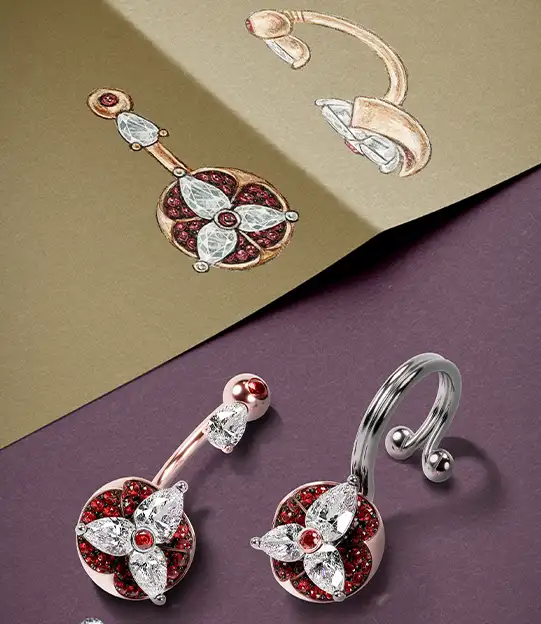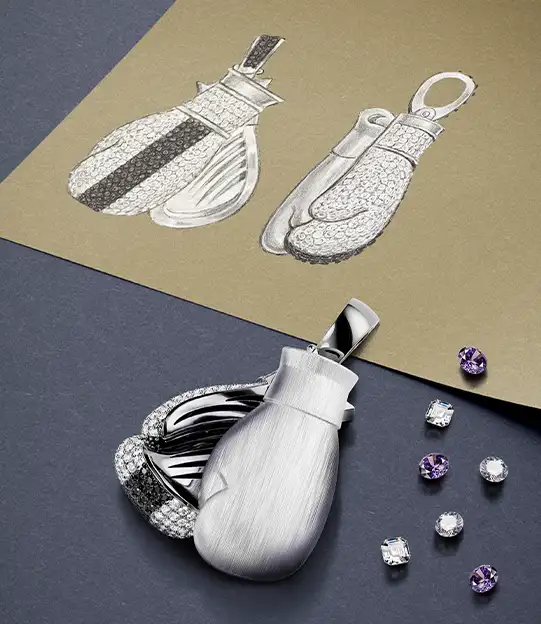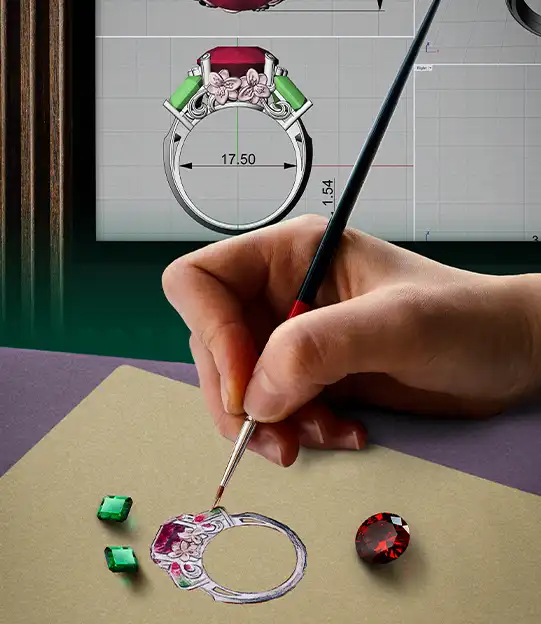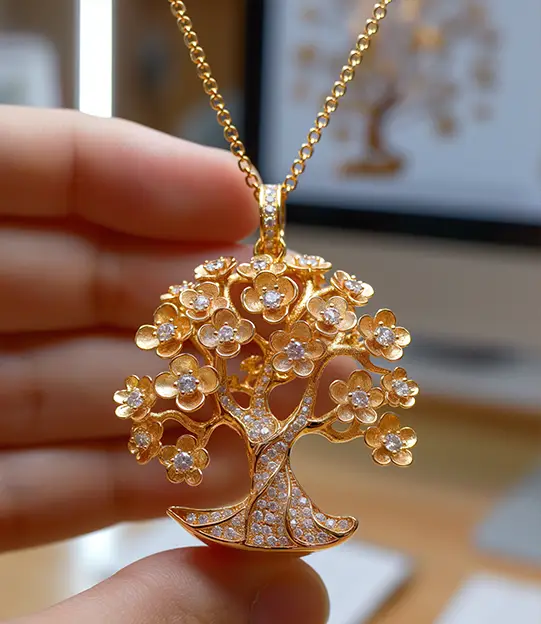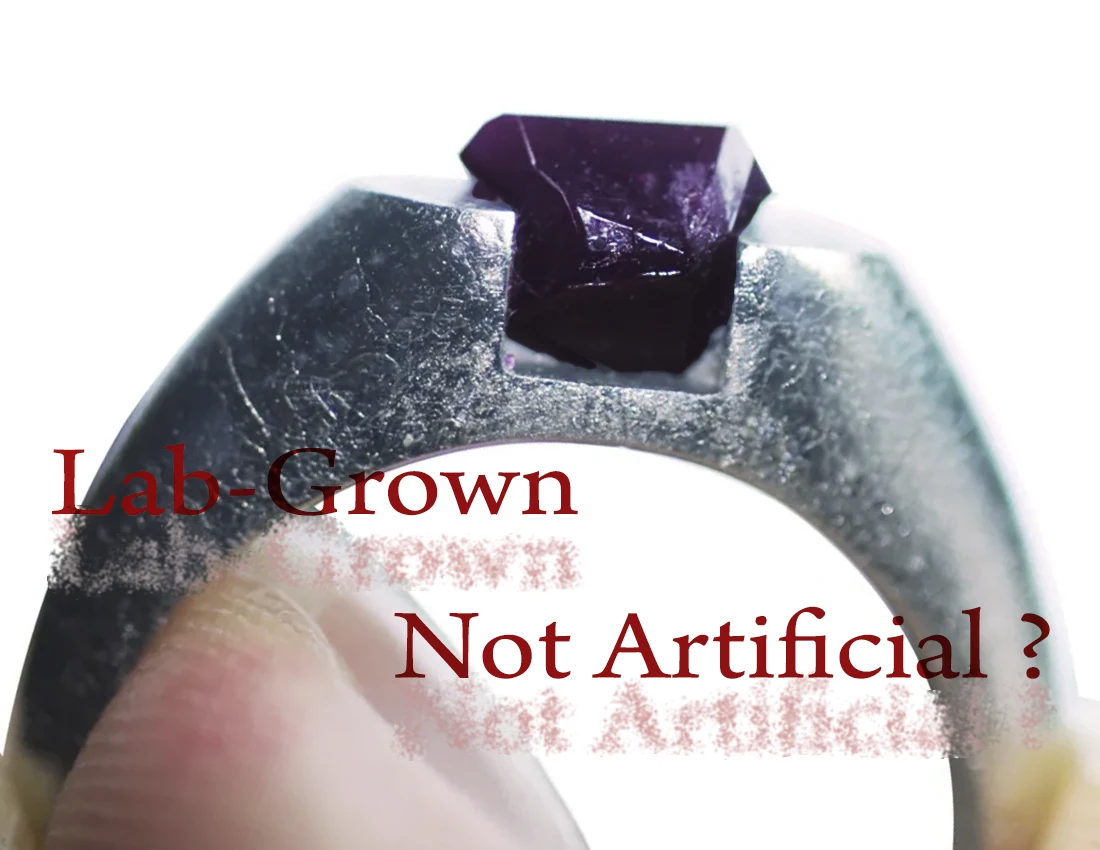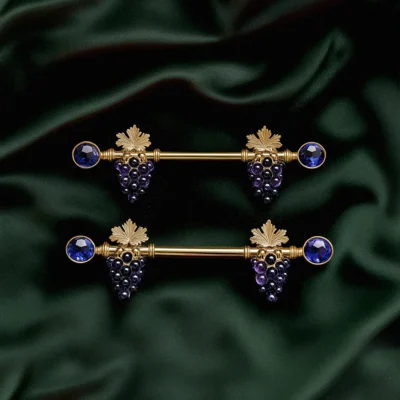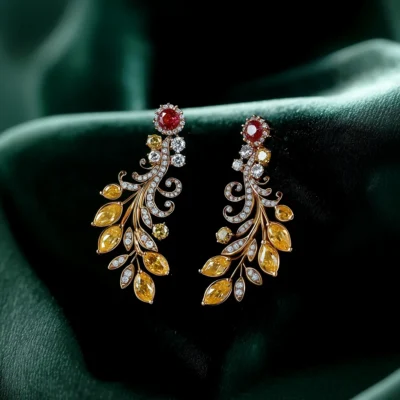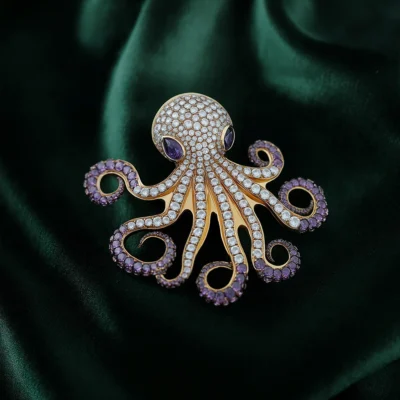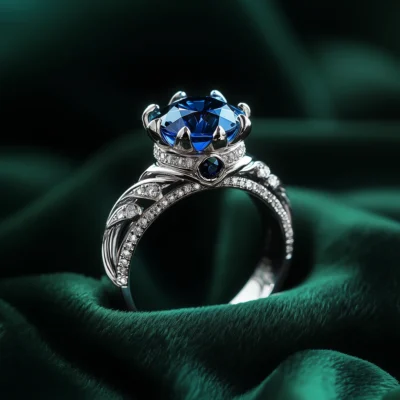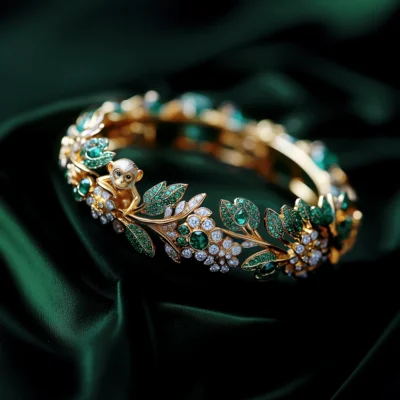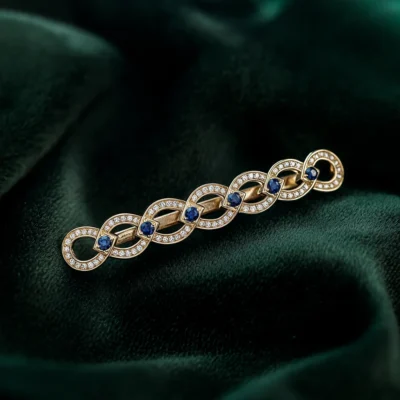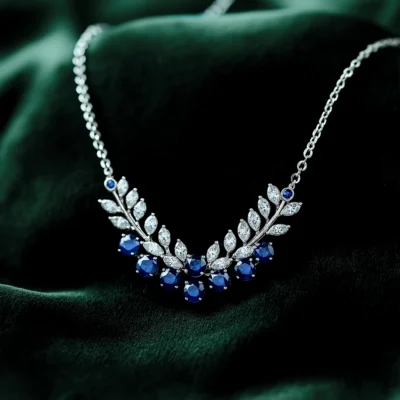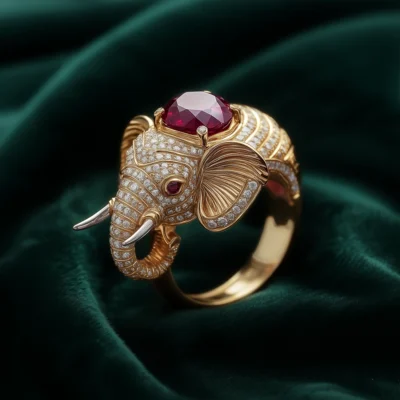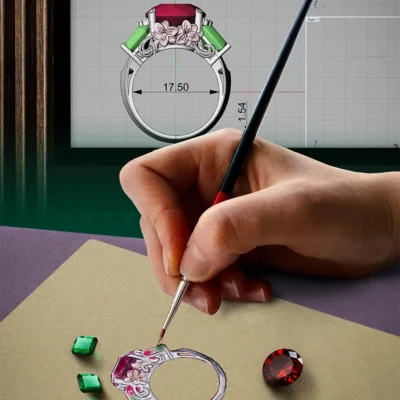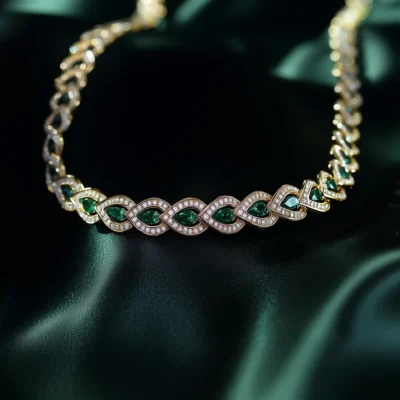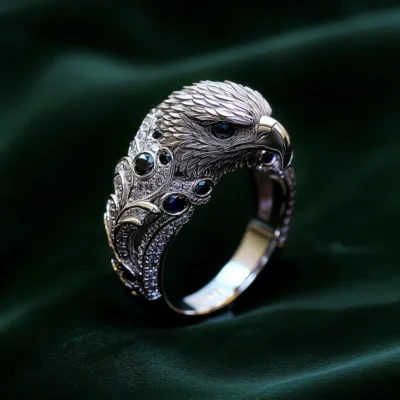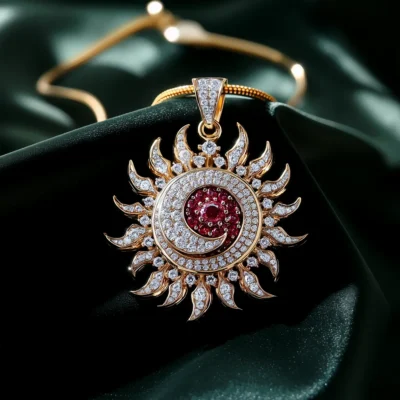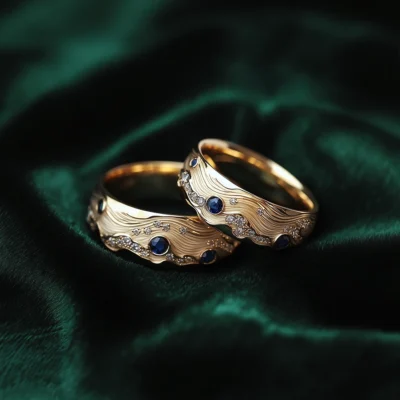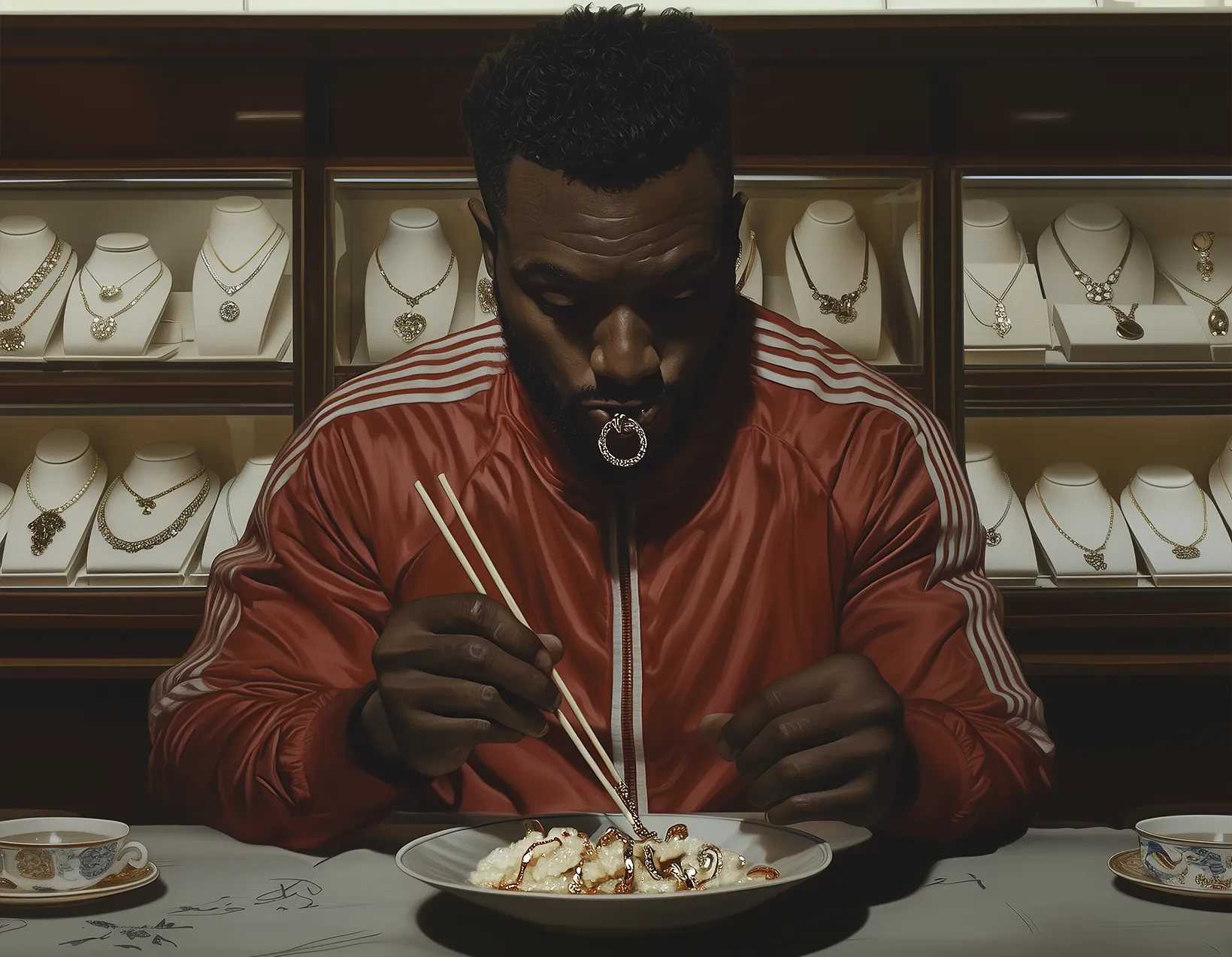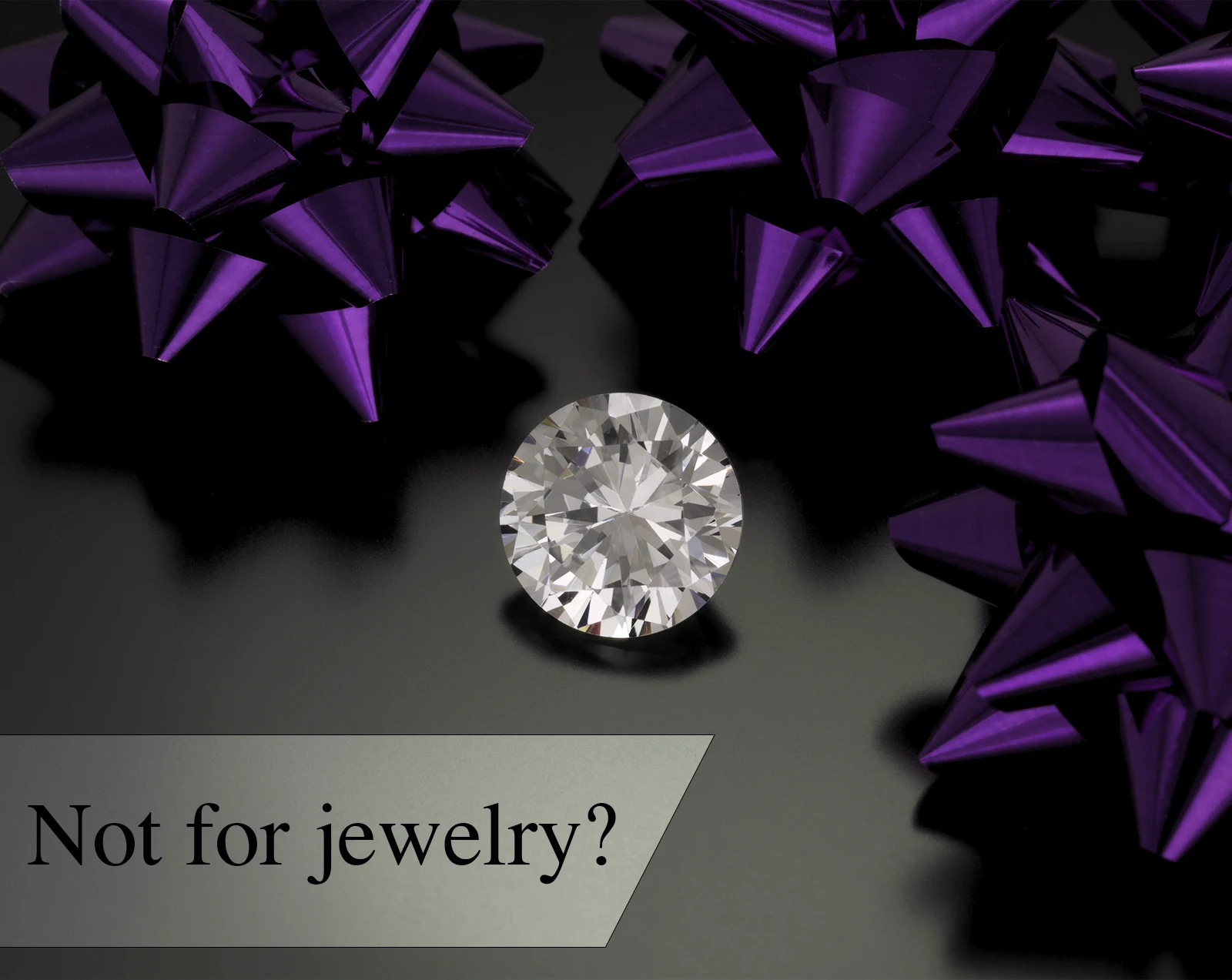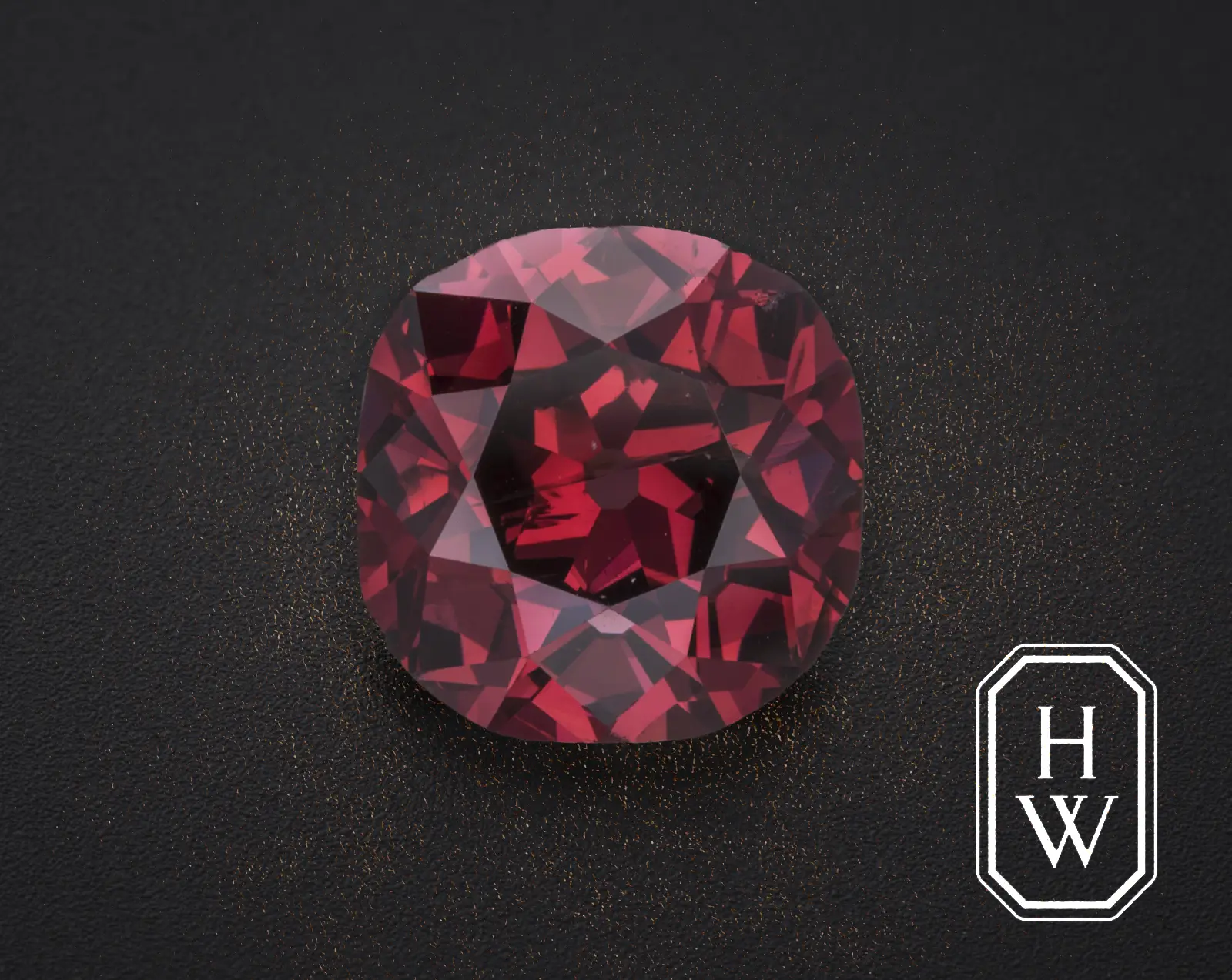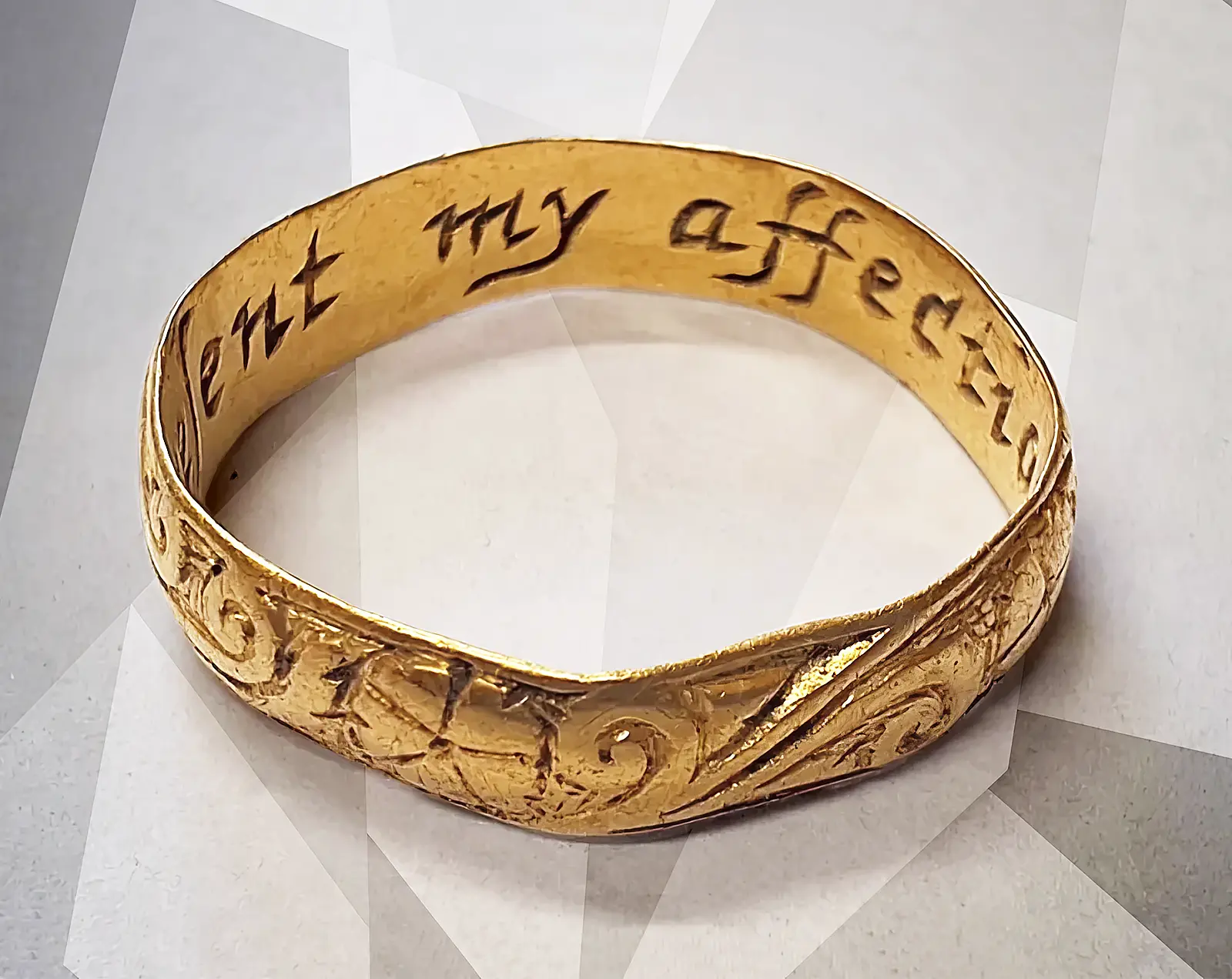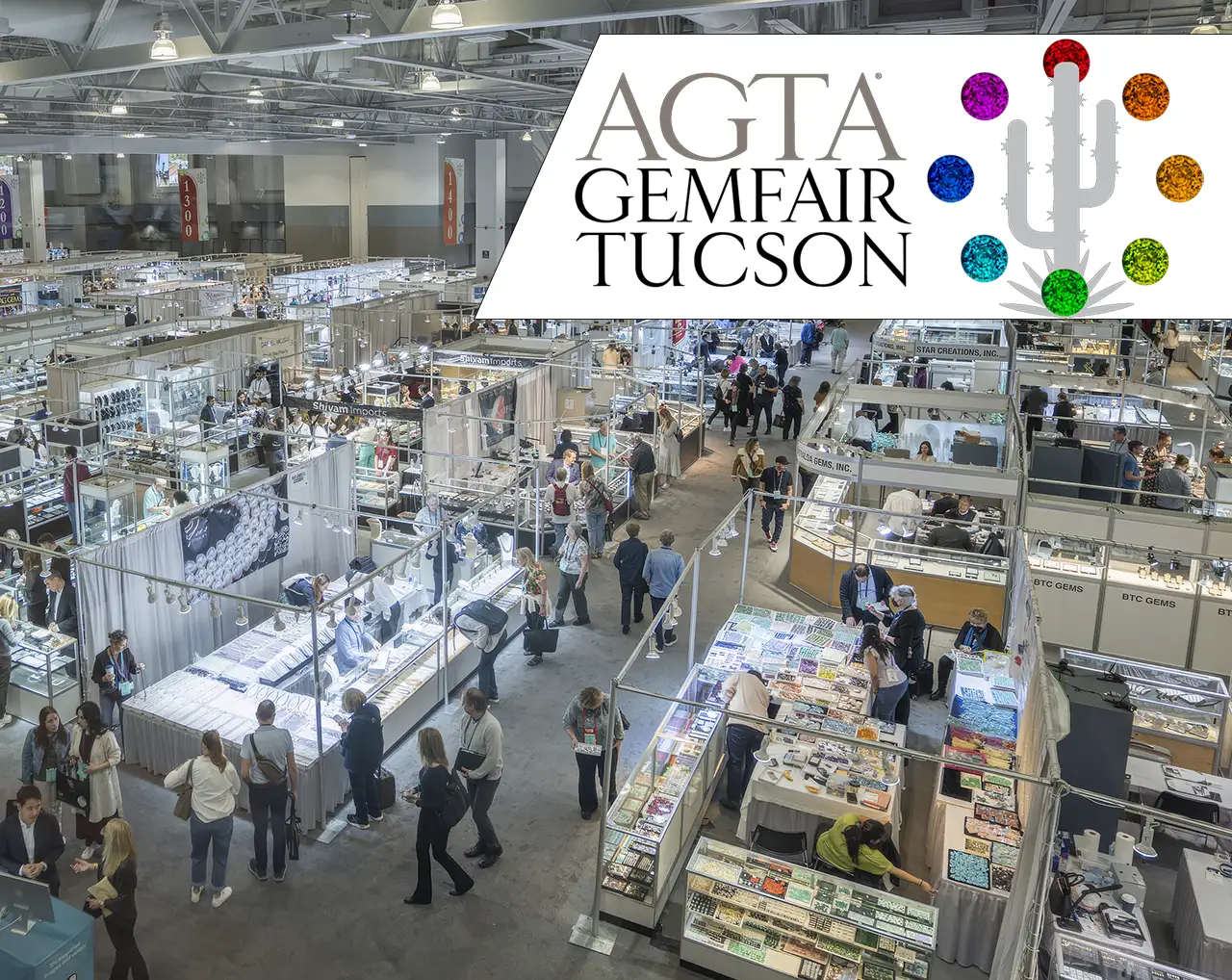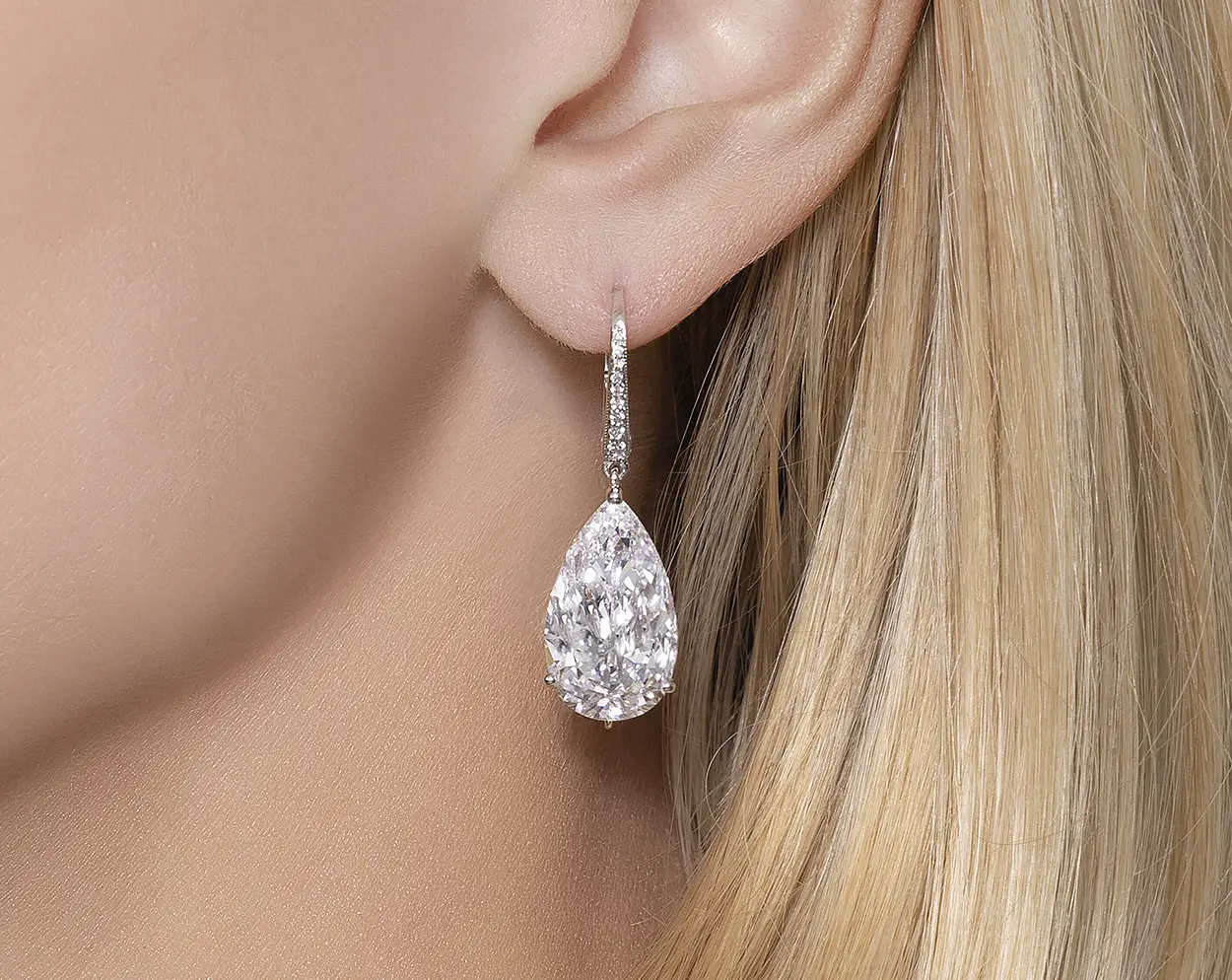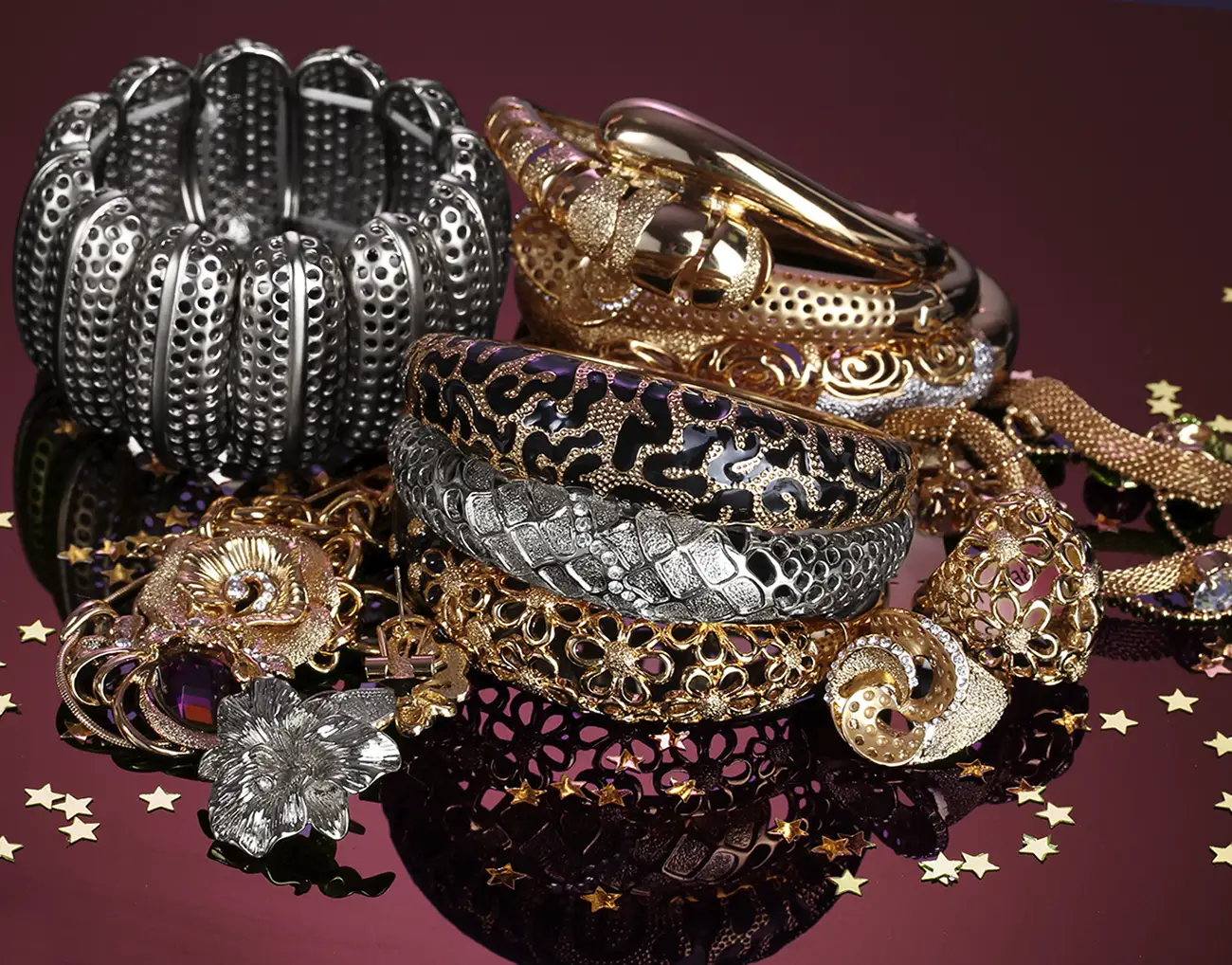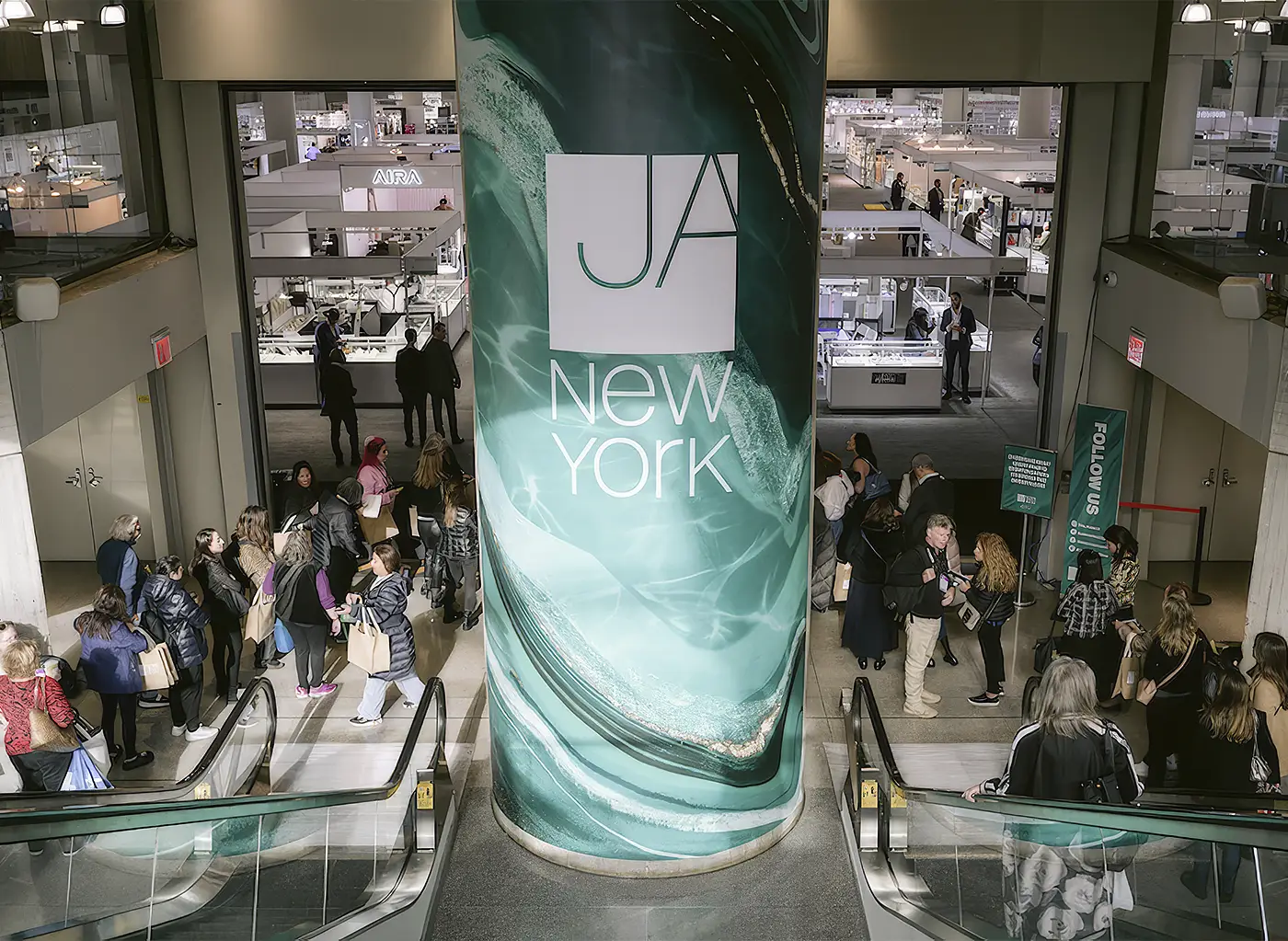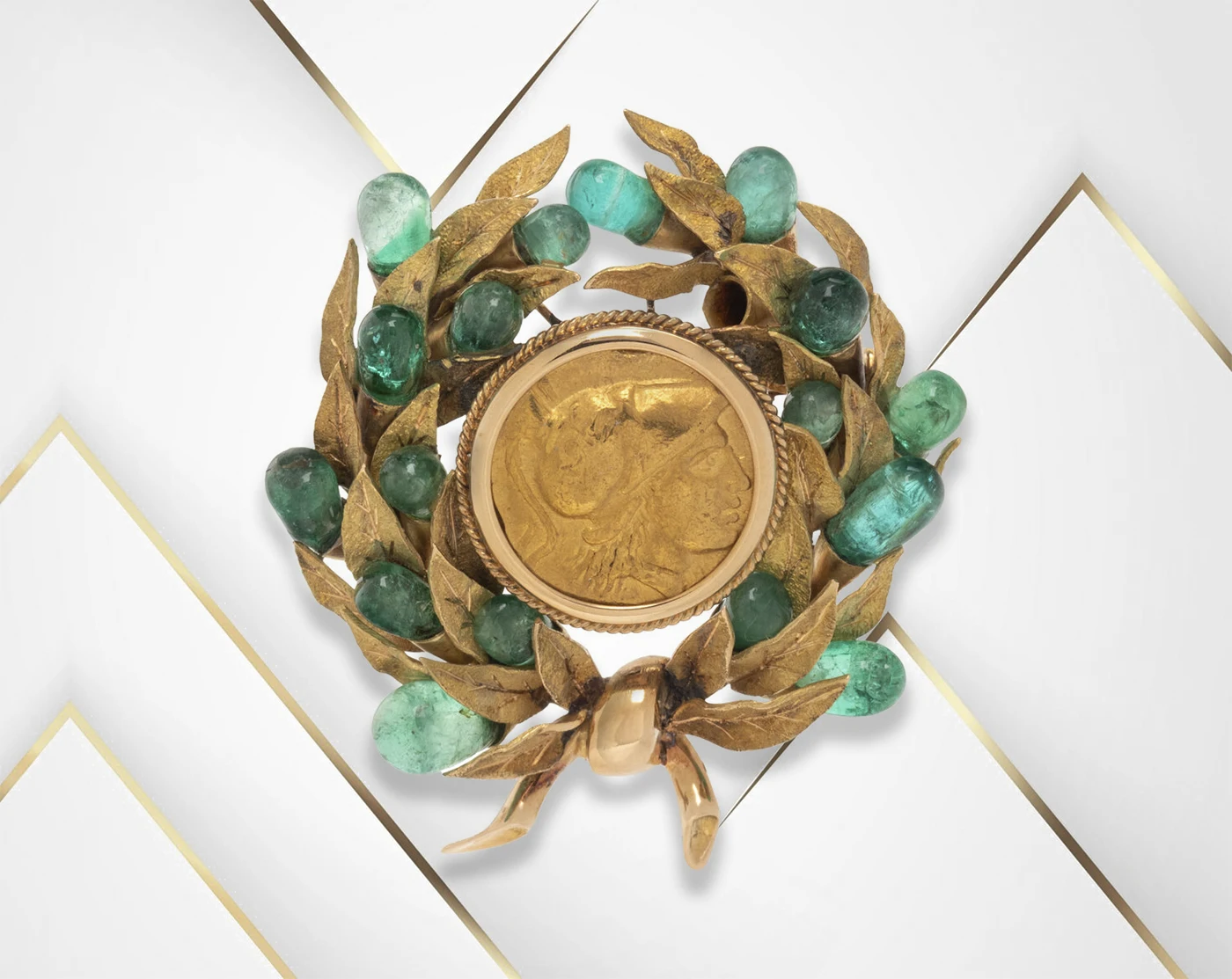Have you thought that only diamond and moissanite could be recreated in a lab? Well, turns out, ruby is now in the mix! All thanks to a senior University lecturer from Bristol!
Sofie Boons, a jewelry design researcher at the University of the West of England (UWE), invented a chemical technique to initiate gemstone growth. An innovative chemical process now makes it possible to cultivate full-sized rubies from just tiny fragments.
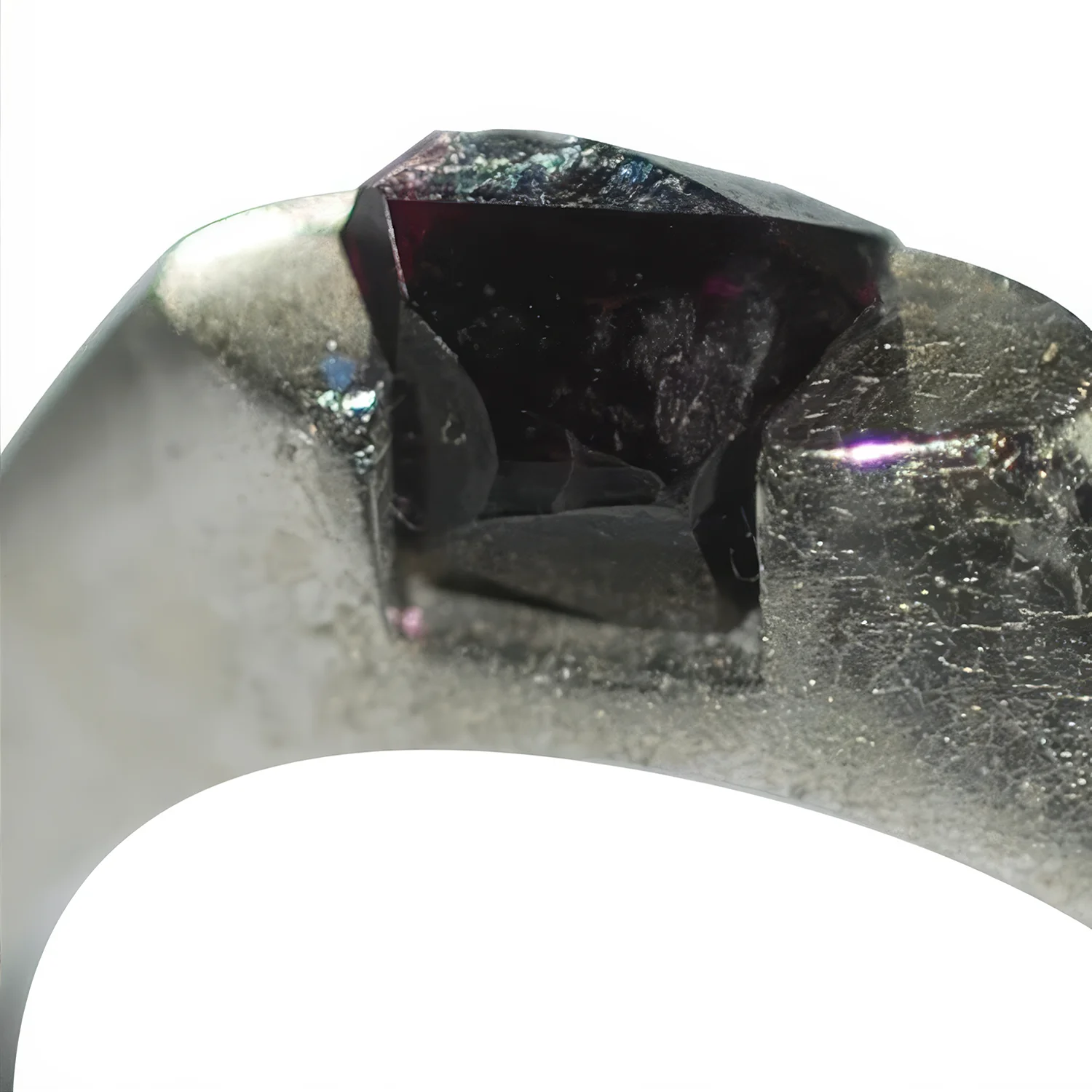
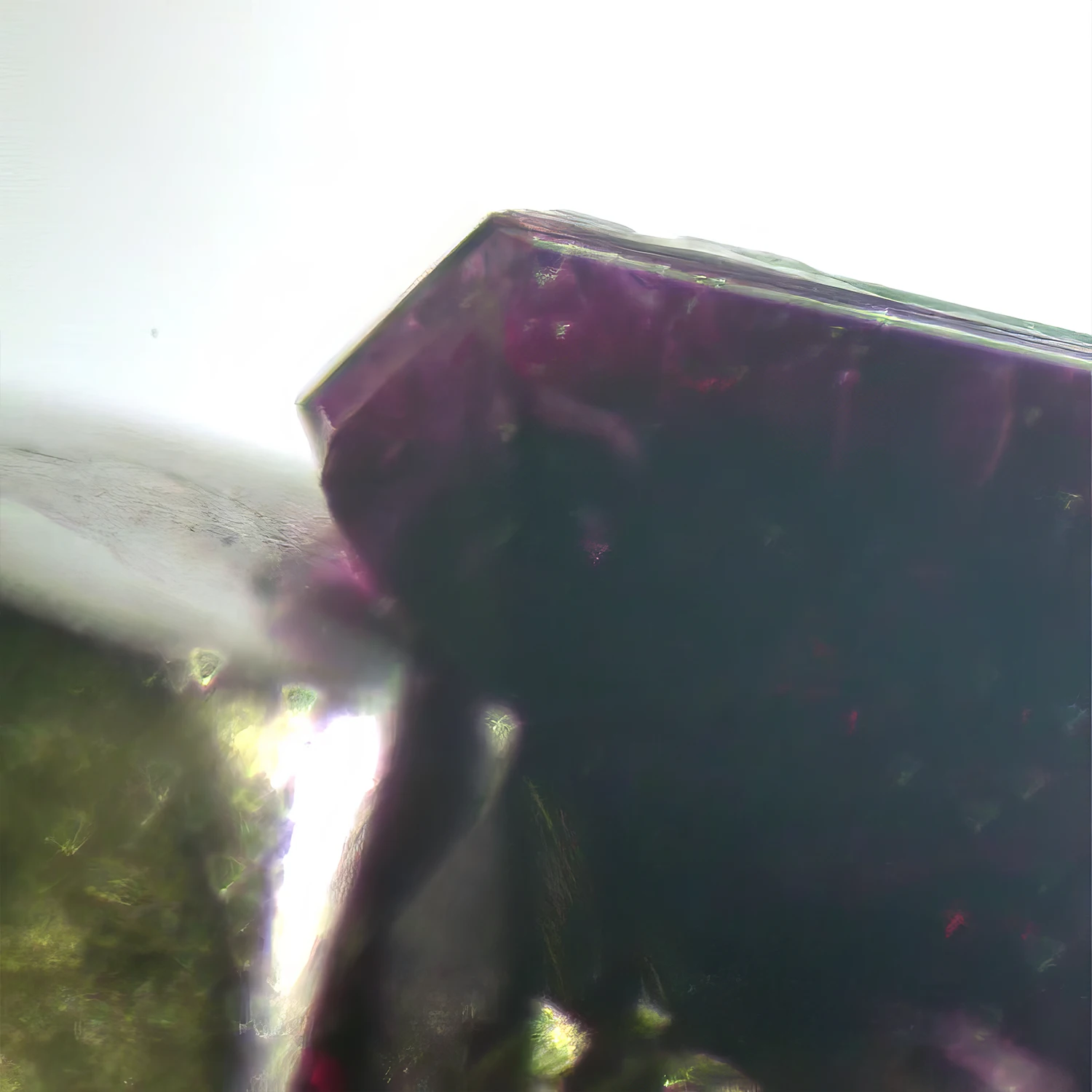
Sofie Boons has become the first ruby grower ever, as she successfully managed to create this stone within a platinum jewelry setting. With the help of the new lab technology, we can now expand a small piece of ruby inside a chemical setting like platinum. According to the university, this “in situ procedure” has never been done before. In chemistry, “in situ” refers to a type of compound-building process that occurs within the reaction medium without the need to isolate any chemicals.
Ms. Boons started to grow the gem with a ruby “seed” taken from waste ruby offcuts. The researcher put this piece into a platinum setting and introduced “flux,” a chemical agent that lowers the temperature, thereby facilitating the gemstone’s expansion process.
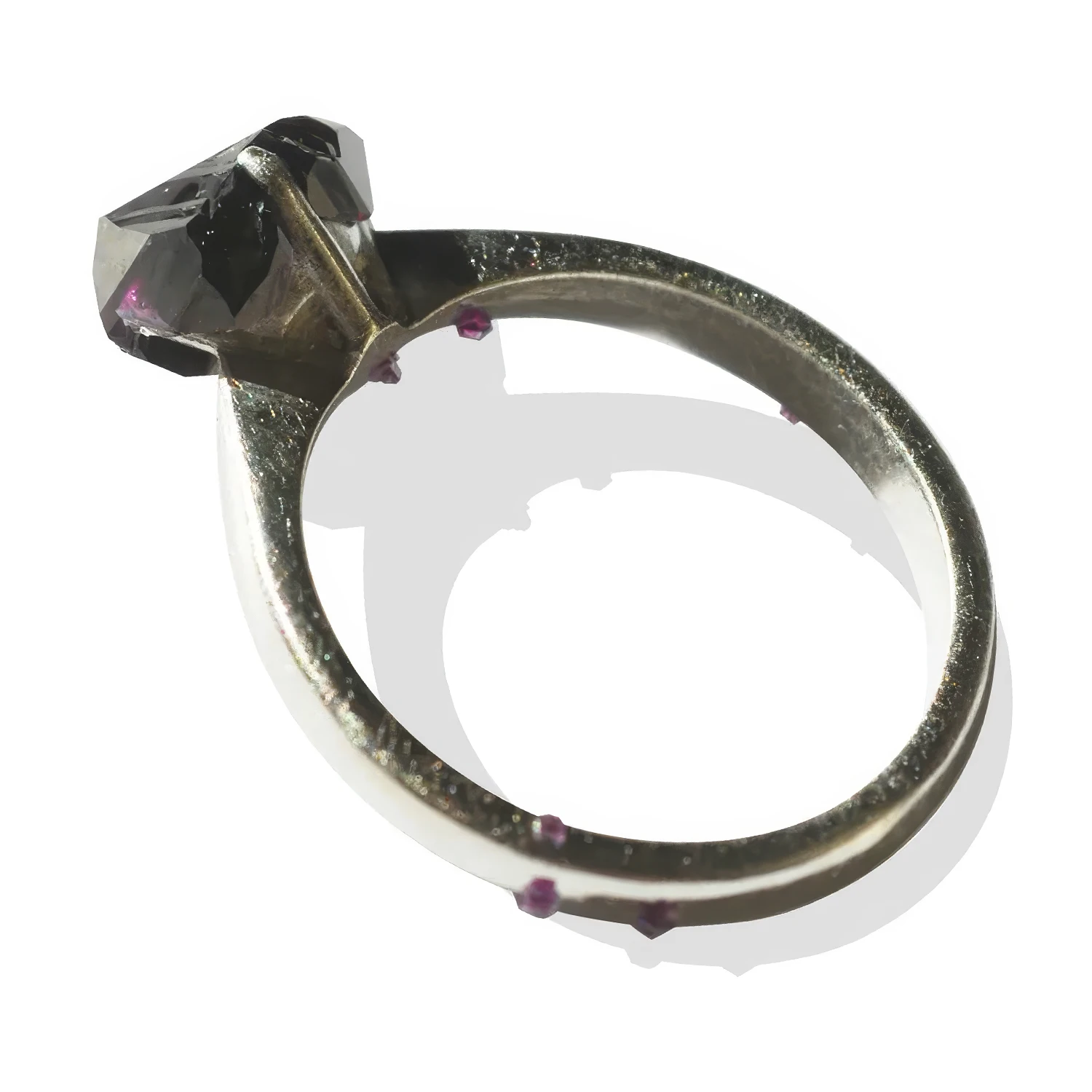
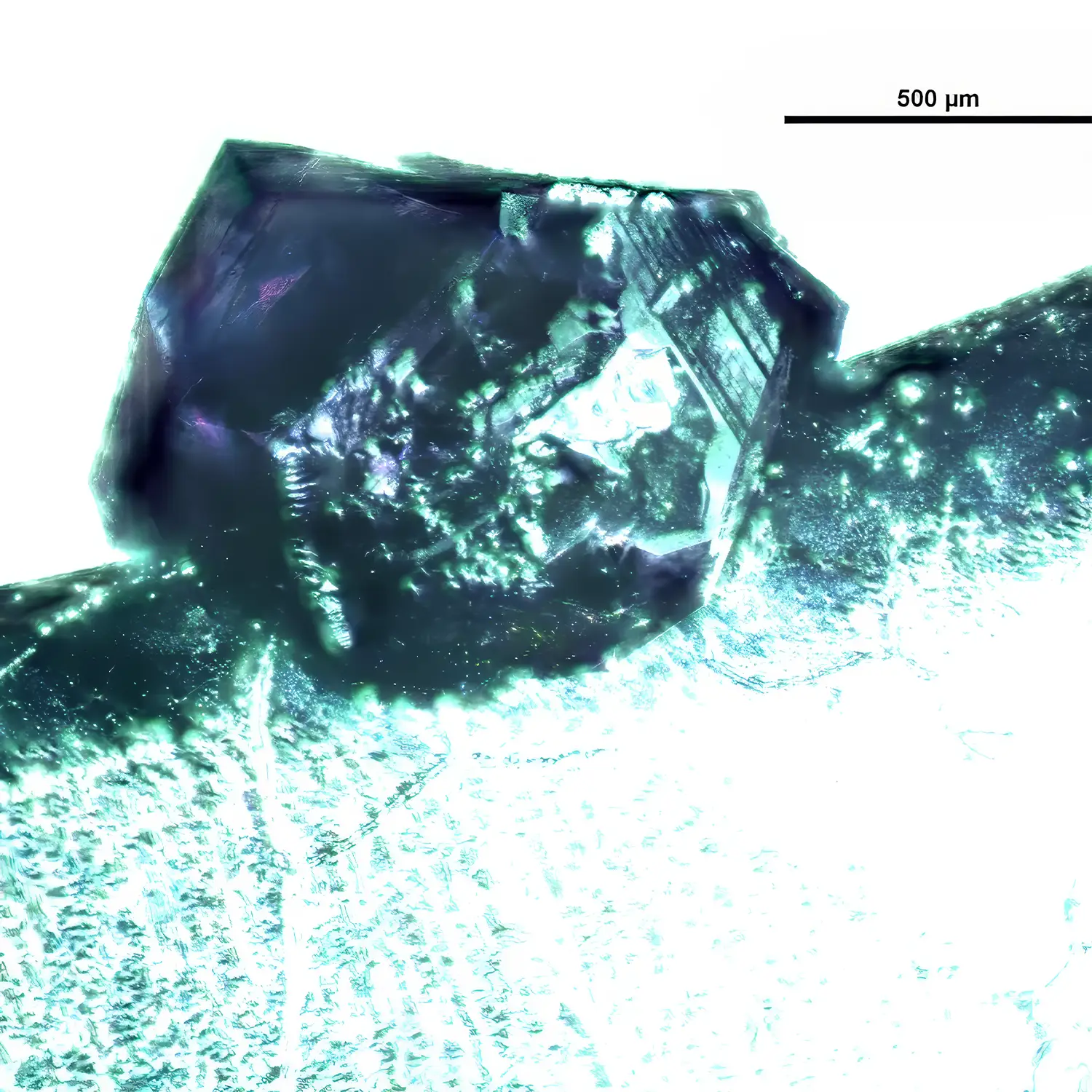
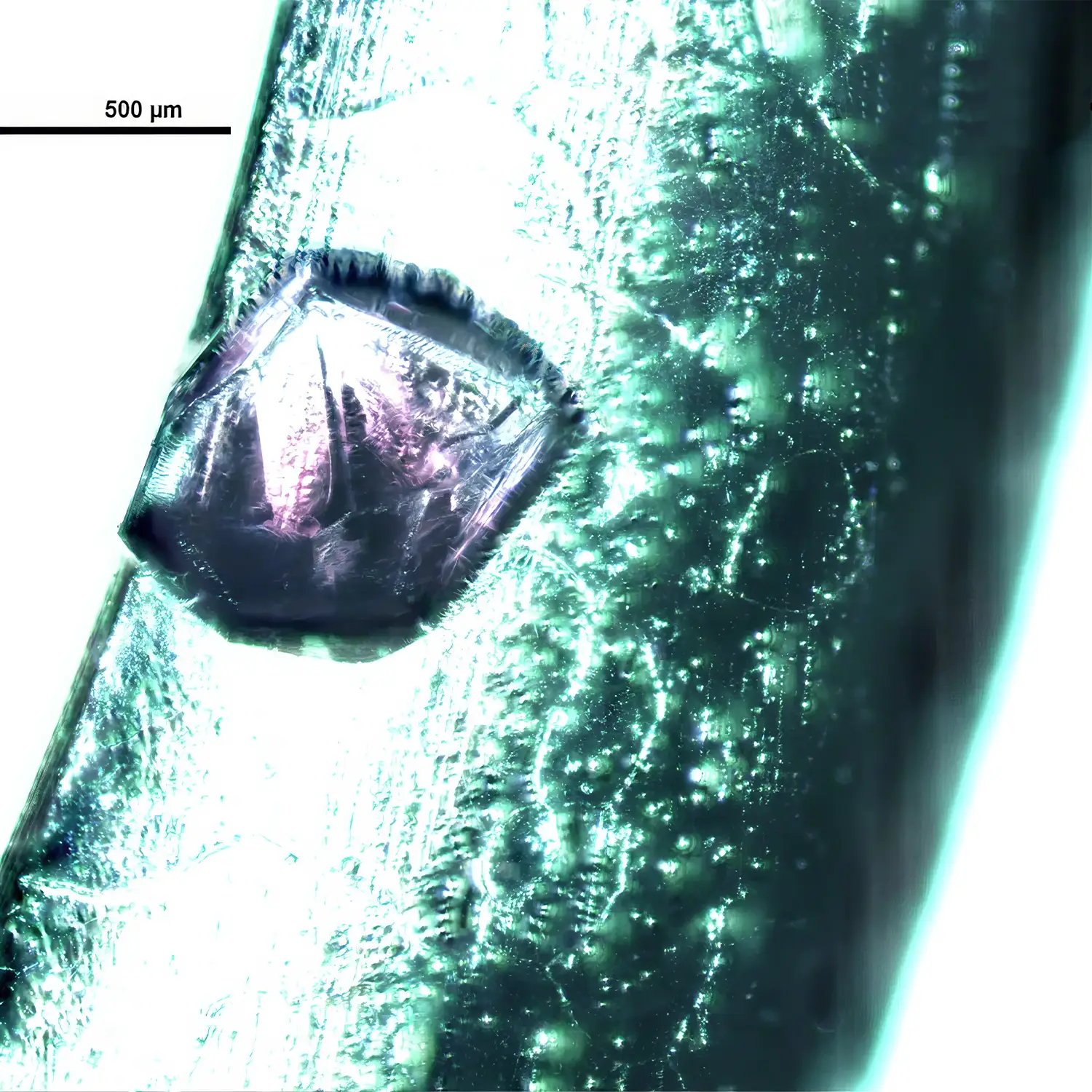
Growing a lab ruby is a truly masterpiece of worth work process, it is as emotionally exciting as cultivating a new piece of art, though not time-consuming. Photo from Sofie Boons’ social media post.
Unlike gemstones created entirely from scratch inside the lab or those mined unsustainably, such rubies can expand in a furnace from waste gem fragments. They take several days to form and need only 5 hours of energy.
Currently, it takes up to two whole days to grow a stone in the furnace, according to the scientist. Ms. Boons is now experimenting with different periods of growth to find that sweet spot where stones are clear and large enough, yet, the energy expenses are not that high. This will allow for spending far less energy on growing stones compared to the current technology producing diamond and moissanite.
According to the lecturer, longer periods in the furnace correspond to a more aesthetic appearance of the stones and slightly increase their size. Although Ms. Boons has experimented many times with two-day-old grown rubies, she is looking to shorten the growth process while retaining the quality of the stones.
She added that this technology challenges the very idea of lab-created gemstones being somehow unnatural. As a jewelry researcher, Ms. Boons finds the natural facets of stones grown by nature itself genuinely fascinating, but this doesn’t undermine the value of man-made creations. Some specialists even go as far as to call lab stones “not artificial,” for example, Rebecca Enderby, a contemporary jewelry designer from Bristol. She champions the value and beauty of lab-grown gems, saying that they present a more affordable and eco-friendlier alternative to the naturally sourced ones. Furthermore, the process of growth can be controlled far more precisely in the lab than in natural conditions.

This project was part of Ms. Boons’ PhD thesis and has received a second phase of funding from the University of the West of England (Bristol). Luckily for us, the University has joined to expand the research to include other gemstones.

